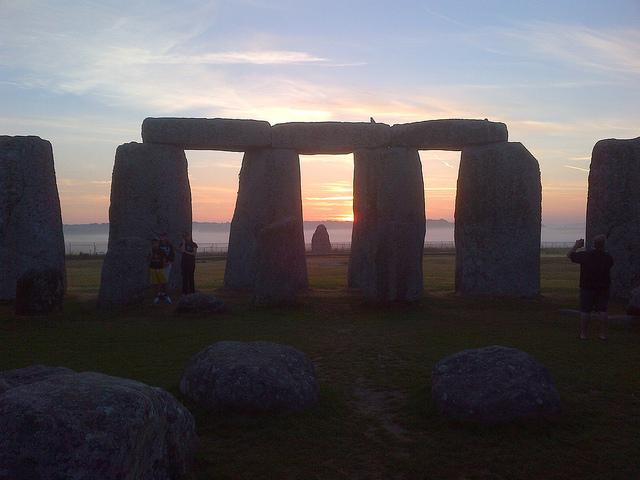Stargazers are set to witness some impressive celestial sights in 2022. As well as the full moons that come round every month, there will also be a series of supermoons to look out for.






THE MOON moves through many phases and can have a profound effect on our energy and mindset as it transitions through the night sky. Here’s all of the full moon dates for 2022.
| January 17th 2022: Full Wolf Moon |
| February 15th 2022: Full Snow Moon |
| March 18th 2022: Full Worm Moon |
| April 16th 2022: Full Pink Moon |
| May 16th 2022: Full Flower Moon |
| June 14th 2022: Full Strawberry Moon |
| July 13th 2022: Full Black Moon |
| August 12th 2022: Full Sturgeon Moon |
| September 10th 2022: Full Harvest Moon |
| October 9th 2022: Full Hunters Moon |
| November 8th 2022: Full Frost Moon |
| December 8th 2022: Full Cold Moon |
There are heaps of celestial events to look forward to in 2022. From meteor showers to solstices, equinoxes and glowing supermoons, Country Living have compiled your ultimate calendar guide to the very best astronomical events.
Stonehenge is situated on the edge of Salisbury Plain, the Landscape occupies a large, sparsely populated area ideal for stargazing. These dark skies provide the perfect environment to see the stars in all their detail, so why not organise a night-time trip to see what you can discover? The National Trust mention Stonehenge as one of their top stargazing spots in the south west of England and it’s easy to see why. The timeless landscape surrounding Stonehenge is sparsely populated owing to the fact of its close proximity to Salisbury Plain and also due to Stonehenge being part of the UNESCO World Heritage Site. Keep an eye out for stargazing events organised by the National Trust and English Heritage here.
Full Moon and Stonehenge Related links:
Stonehenge Dronescapes 2022 A3 Calendar – Purchase on EBAY
When is the next full Moon? Royal Museum Greenwich
Ancient Skies: Stonehenge and the Moon – Stonehenge News Blog
A simple-to-use tool for exploring and looking at the different Phases of the Moon. Moon Phases 2022.
Full list of 2022 astronomical events to look for – Daily Express
When is the next full moon? Your lunar astronomy guide – Science Focus
Visit Stonehenge and learn more about the astronomy of Stonehenge – Stonehenge Guided Tours8 must-see stargazing events to watch in 2022 – National Geographic
Month-by-month calendar guide to the best celestial events in 2022 – Country Living
Stonehenge and Ancient Astronomy. Stonehenge and Avebury World Heritage Site
Stonehenge Full Moon Guided Walking Tours. Explore the landscape with a local historian and astronomer.
Stonehenge Dronescapes. Amazing photos of Stonehenge. Visit the Facebookpage
Guided Tours of Stonehenge from Bath and Salisbury – Stonehenge and Salisbury Guided Tours
The Stonehenge News Blog
Follow us on Twitter and Facebook for all the latest Stonehenge News
http://www.Stonehenge.News





 witness the most famous of these – the Summer Solstice Sunrise on June 21st.
witness the most famous of these – the Summer Solstice Sunrise on June 21st.


















